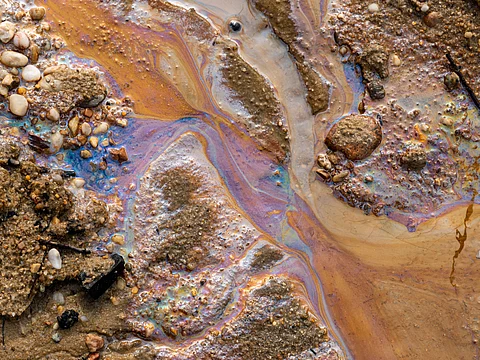

A new study published in Science on April 17, 2025, has revealed that soil pollution from toxic heavy metals and metalloids is significantly reducing crop yields and contaminating food supplies across the globe.
The research, led by Deyi Hou of Tsinghua University in China, analysed over 1,000 regional datasets and found that between 14 per cent and 17 per cent of the world’s agricultural soils exceed safe thresholds for at least one hazardous metal. This contamination affects an estimated 900 million to 1.4 billion people living in high-risk regions, posing serious threats to public health, food security and ecosystems.
One of the most striking findings is the identification of a heavily contaminated belt stretching across low-latitude Eurasia, including southern Europe, the Middle East, South Asia and southern China.
This zone coincides with regions that were home to ancient civilisations such as the Greeks, Romans, Persians, and early Chinese dynasties. The study suggests that centuries of human activity — including mining, smelting, and agriculture — combined with natural factors like metal-rich bedrock and low rainfall have contributed to the accumulation of these pollutants.
Unlike organic contaminants, metals do not degrade over time, making this persistent pollution a potential marker of the Anthropocene, the current geological epoch shaped by human influence.
The study highlights significant regional variations in soil contamination. Cadmium, the most widespread pollutant, exceeds safe levels in 9% of soils globally, with hotspots in northern and central India, Pakistan, Bangladesh, southern China, and parts of Africa and Latin America.
Nickel and chromium contamination is most prevalent in the Middle East, subarctic Russia and eastern Africa, while arsenic hotspots are concentrated in southern China, Southeast Asia, and West Africa. Cobalt pollution, largely linked to mining, is particularly severe in Zambia, the Democratic Republic of the Congo and Ethiopia.
The researchers caution that these findings likely underestimate the problem due to insufficient data from developing regions, particularly sub-Saharan Africa, northern Russia, and parts of central India.
They call for international support to expand soil monitoring in these areas. The study also warns that global food trade could spread contamination from high-risk regions, further endangering food safety worldwide.
Historical data underscores the growing severity of the issue.
China’s first national soil survey in 2014 found that 16 per cent of tested land and 19 per cent of farmland exceeded pollution limits. Similarly, a 2016 study of European Union soils revealed that 28 per cent exceeded safety thresholds for heavy metals.
With increasing demand for metals in modern technologies, the problem is expected to intensify, requiring urgent action to mitigate risks to agriculture, ecosystems and human health.